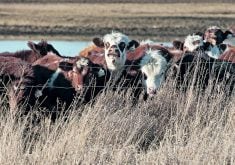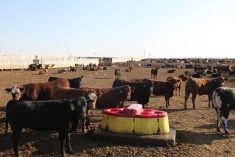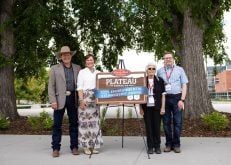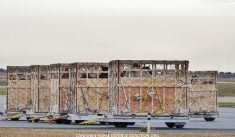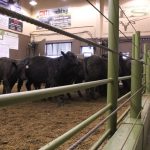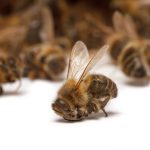Agri-News
Elm sanitation is essential to an integrated Dutch elm disease (DED) prevention program. To help prevent DED, elms in Alberta can only be pruned between October 1 and March 31, when there is no danger of spreading this disease.
“The deadly DED fungus is spread by three insect vectors: the banded, native and smaller European elm bark beetles,” says Janet Feddes- Calpas, STOPDED executive director. “Elm bark beetles feed on healthy elms during the summer, and breed and overwinter in dead and dying elm trees.
Read Also
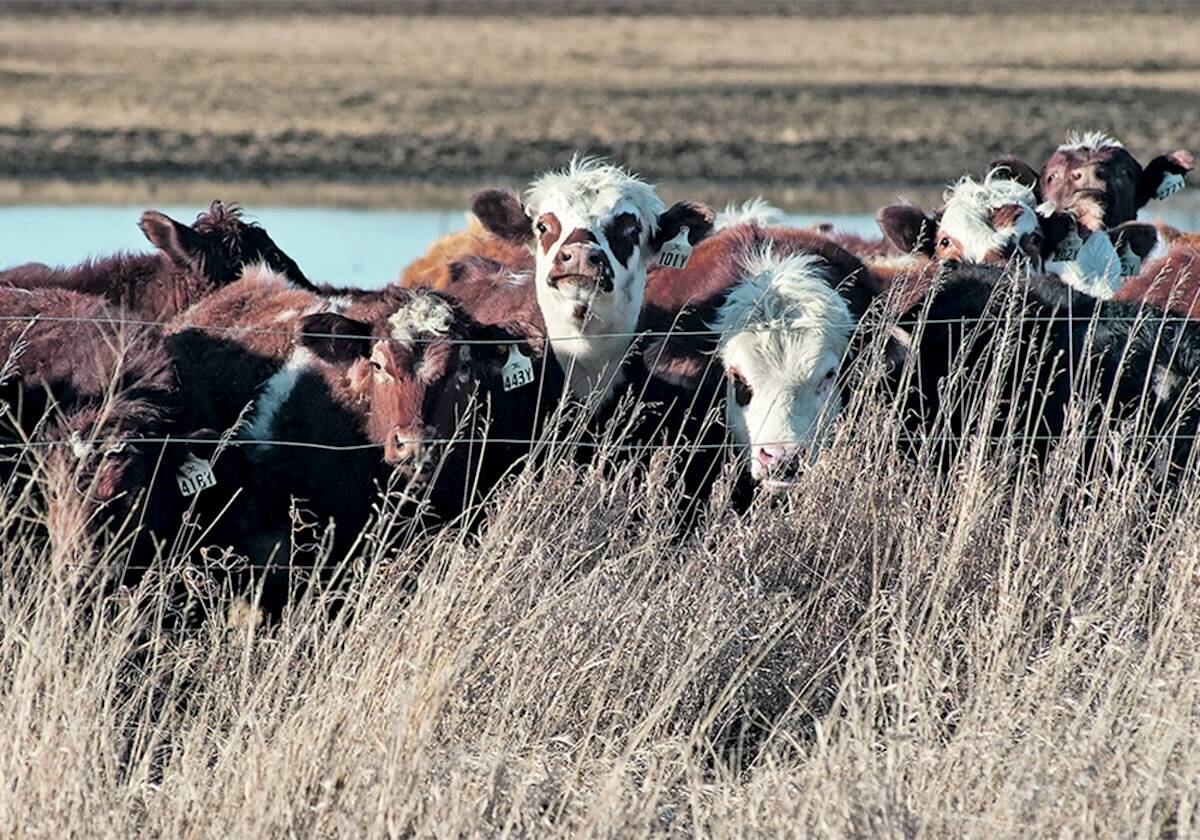
Alberta Beef Producers announces withdrawal from Canadian Cattle Association
Alberta Beef Producers announced its withdrawal from the Canadian Cattle Association, effective July 1, 2026.
“Between October 1 and March 31, these beetles are not active, and elms can be safely pruned. However, if elm trees are pruned between April 1 and September 30, these vectors of the disease will be drawn to the scent of the fresh pruning cuts, potentially attracting infested beetles and infecting an otherwise healthy elm.”
Having a tree pruned properly is important. A professional arborist can determine what type of pruning is necessary to maintain or improve the health, appearance and safety of trees. Improper pruning, topping or removing an excessive amount of live wood is not recommended, as this will weaken the tree’s structure and shorten its lifespan.
It is essential that all elm dead wood be removed and properly disposed of by burning, burying or chipping by March 31. To prevent the spread of DED, do not transport or store elm firewood.
For more information visit www.stopded.org


